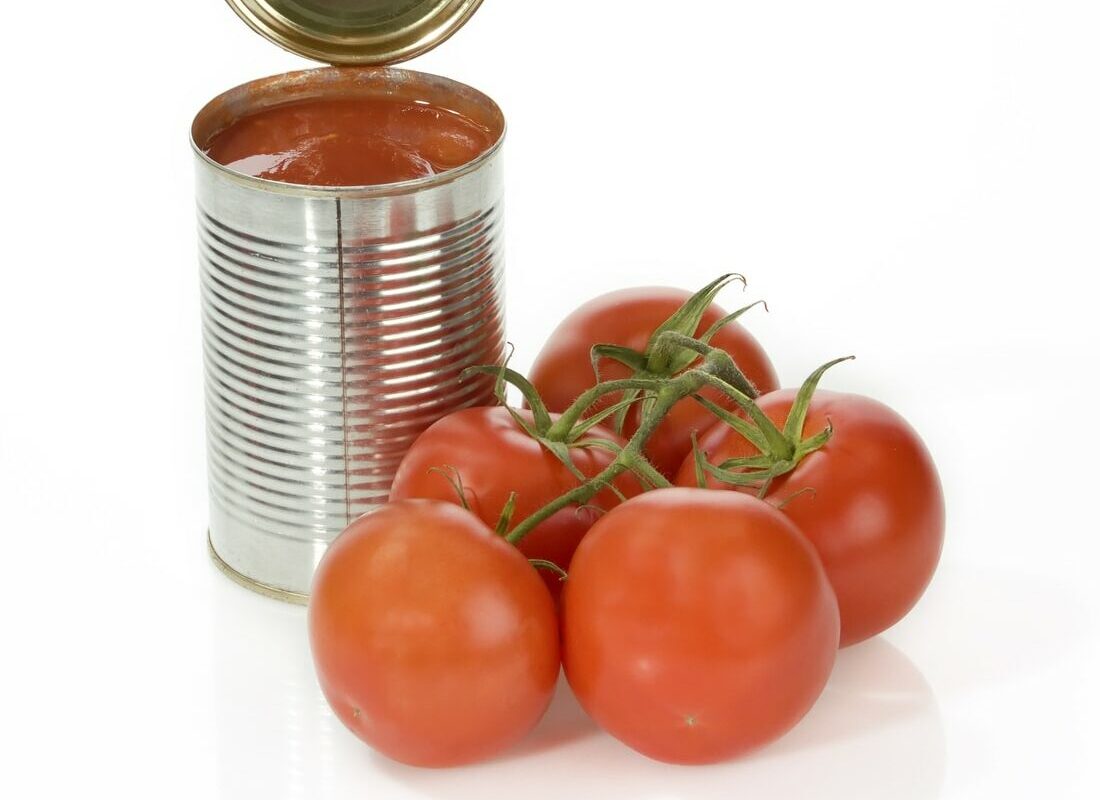Tomatoes are one of the most versatile vegetables used in cooking. While fresh tomatoes are delicious in summer months, canned tomatoes provide a tasty alternative year-round. Canned tomatoes are processed at the peak of ripeness which allows them to retain their nutritional value and rich flavor even months later. With their long shelf life, canned tomatoes are a pantry essential for home cooks. This article will explore the benefits of canned tomatoes and different ways they can be used in the kitchen.
Nutritional Value of Canned Tomatoes
Canned tomatoes are low in calories but high in nutrients. One half cup of canned diced tomatoes contains only around 25 calories but provides a good amount of vitamin C, vitamin K, potassium, and antioxidants like lycopene. (150)
Canned tomatoes retain the majority of their nutrients even after processing. The high heat required for canning helps break down the plant cell walls and release cancer-fighting lycopene which our bodies can more readily absorb. Several studies have found that the lycopene content in canned tomatoes is more bioavailable than in raw tomatoes. (150)
The acidic environment inside the can also helps retain nutrients like vitamin C which may otherwise be lost during storage. Organizations like the United States Department of Agriculture and World Health Organization recommend including canned tomatoes in our diets for their nutritional benefits.
Versatility in Cooking
Canned tomatoes can be used in a wide variety of savory and sweet dishes from appetizers to main courses. A few examples are:
Pasta Sauces – With just a little olive oil, garlic, seasonings and canned crushed tomatoes, you can whip up a variety of quick pasta sauces from marinara to arrabiata. The juices from canned tomatoes also help create a rich, flavorful sauce.
Chilies and Soups – Whether it’s vegetarian chili or chicken noodle soup, canned diced or crushed tomatoes are a staple ingredient that adds depth of flavor and texture. Their acidity also helps other ingredients release their flavors.
Pizza Sauce – For homemade pizza nights, nothing beats the fresh taste of canned tomato sauce. Look for brands without added sugar or preservatives for a simple, clean-labeled pizza sauce.
Salsas and Dips – Diced tomatoes mixed with onion, cilantro, jalapenos and seasonings make for colorful party dips and fresh salsas perfect for chips or tacos.
There are countless other uses as well from curries and stews to casseroles. Canned tomatoes are incredibly versatile and a pantry staple worth keeping on hand.
Types of Canned Tomatoes
While all forms of canned tomatoes are nutritious, the different varieties allow for flexibility in recipes:
Whole Peeled Tomatoes – With the skin and seeds removed, these tomatoes hold their shape well for salads or any recipe calling for larger tomato pieces. Top picks are San Marzano or diced.
Crushed Tomatoes – As the name suggests, these are crushed or mashed tomatoes ideal for smooth sauces, soups and stews where a sauce-like texture is preferable over distinct tomato pieces.
Diced Tomatoes – As a middle ground option, diced canned tomatoes keep their shape but are cut into smaller, bite-sized pieces suitable for tacos, pastas, and chilled salads.
Tomato Sauce – A pureed, thinner sauce best for pizza, pasta dishes and anywhere you want a smooth tomato flavor without chunks of tomato. No need to dice or crush fresh tomatoes yourself!
Tomato Paste – A very concentrated form ideal for adding depth and richness to long-cooked sauces and stews. A little goes a long way.
Whether you need whole peeled tomatoes or a smoother sauce, there are canned options to suit any recipe needs. Canned tomatoes in all their varieties form a useful building block for home cooking.
About Author - Alice Mutum
Alice Mutum is a seasoned senior content editor at Coherent Market Insights, leveraging extensive expertise gained from her previous role as a content writer. With seven years in content development, Alice masterfully employs SEO best practices and cutting-edge digital marketing strategies to craft high-ranking, impactful content. As an editor, she meticulously ensures flawless grammar and punctuation, precise data accuracy, and perfect alignment with audience needs in every research report. Alice's dedication to excellence and her strategic approach to content make her an invaluable asset in the world of market insights. LinkedIn

 by
by 


